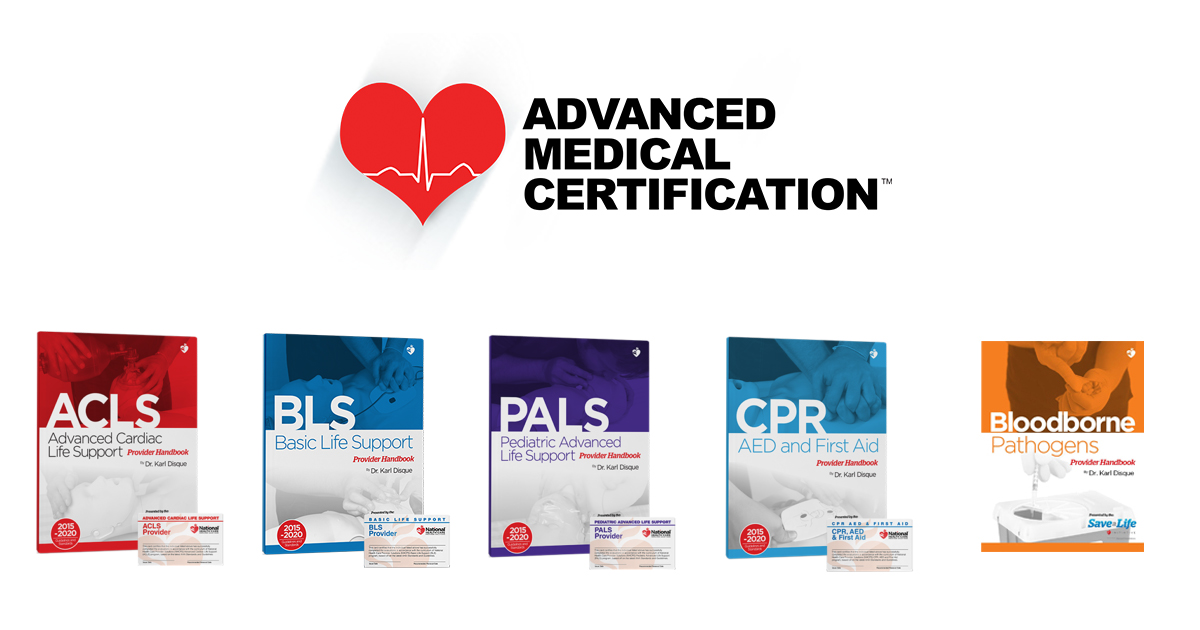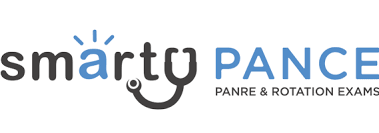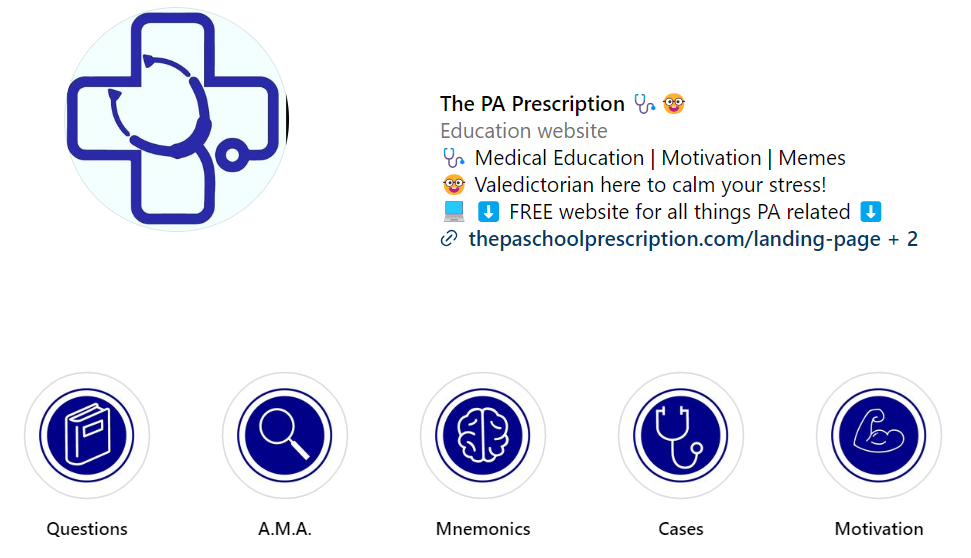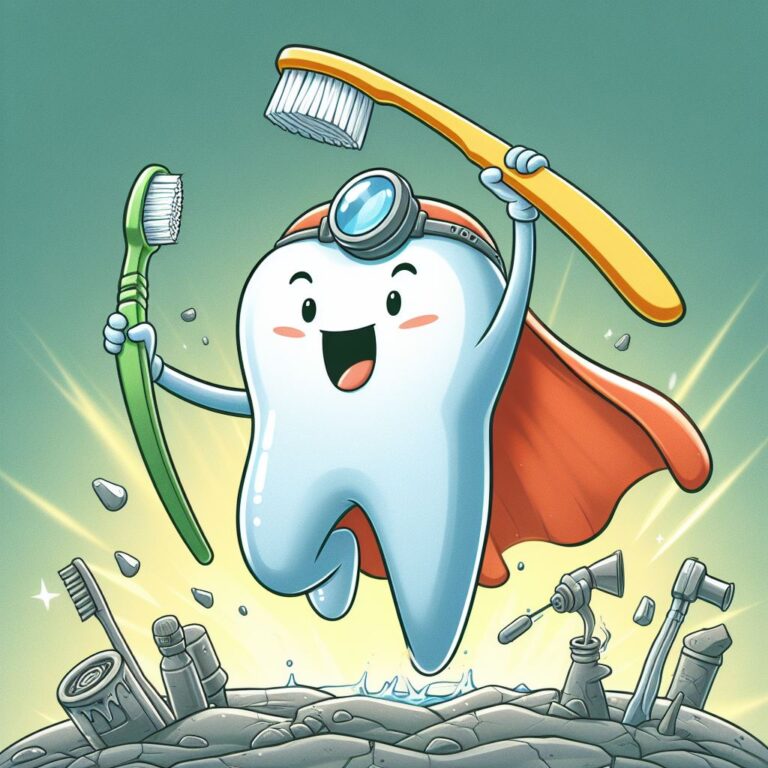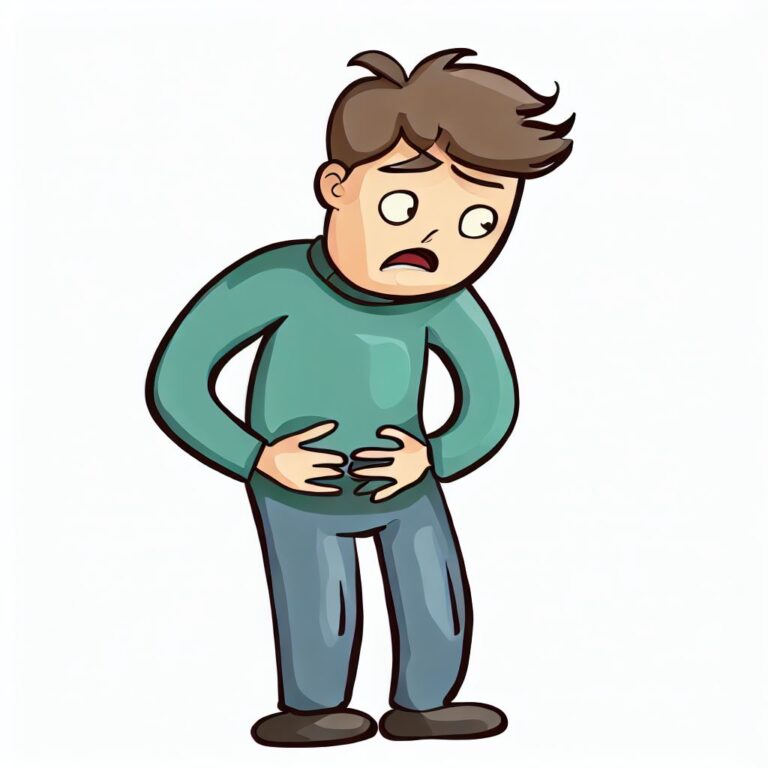
Thank you for subscribing to The PA Rx Newsletter!
In 10 minutes or less:
- Did you hear about the breakthrough in Diabetic Care?
- Do you know the newest COVID-19 guidelines?
- Healthcare system hacked..what’s next?
- Funny emergency room reviews and odd patient complaints
- Monteggia vs Galeazzi?…Ways to NEVER FORGET IT
New Breakthrough in Diabetic Care?
This article summarizes how the US Food and Drug Administration (FDA) has recently approved Dexcom’s Stelo Glucose Biosensor System as the first over-the-counter continuous glucose monitoring (CGM) system. Unlike Dexcom’s other CGM systems, Stelo is designed for adults, with or without diabetes, who don’t use insulin and is not suitable for those with problematic hypoglycemia. The Stelo system consists of a wearable sensor and a smartphone or reader device application, providing continuous glucose monitoring every 15 minutes for up to 15 days per sensor. The FDA clearance aims to increase access to CGMs by allowing individuals to purchase them without a healthcare provider’s involvement, promoting health equity in the US. The device’s performance, based on study data, is comparable to other integrated CGMs with low adverse event rates. Very interesting information that’s new and easy to share with your patients!
Newest (and hopefully last) COVID quarantine guidelines
The Centers for Disease Control and Prevention (CDC) has updated its guidance for individuals with Covid-19 and other respiratory illnesses, ending the previous recommendation for a five-day isolation period. The new guidance advises individuals to stay at home until they are fever-free for 24 hours and their symptoms have been improving for the same duration. Following this period, recovering individuals should take measures like masking and physical distancing for the next five days to reduce the risk of spreading the illness. The CDC emphasizes the need for updated vaccinations, handwashing, surface cleaning, and efforts to improve indoor air quality. The change has drawn criticism, with some expressing concern for those at higher risk from Covid. The CDC acknowledges that staying home when sick may be challenging for some due to factors like the lack of paid sick leave and encourages organizations to consider policies supporting employees in caring for themselves. The guidance also recommends testing for individuals with respiratory symptoms to facilitate early treatment with drugs for Covid and flu. The CDC emphasizes that Covid remains a public health threat but notes a decline in hospitalizations and deaths compared to previous periods.
This is a huge relief as I work in urgent care and feel like a detective every time someone tests positive for COVID and needs to figure out their quarantine status. Does anyone else feel a weight off their shoulders??
Healthcare system hacked..what’s next??
The cyberattack on Change Healthcare is deemed the most significant in U.S. healthcare history, causing widespread disruptions across healthcare systems and providers. Rumors suggest a $22 million ransom was paid, but the aftermath continues to cripple operations, hindering access to patient insurance coverage, prescription processing, and appointment scheduling. The daily estimated cost of the cyberattack for healthcare providers is $100 million, impacting revenue streams and creating concerns about covering basic operational costs. Some healthcare facilities, including the Bonamour Health Group in Pennsylvania, have temporarily closed due to the attack’s impact on staffing and operations. The American Medical Association warns of the attack’s threat to the viability of many practices, especially smaller ones and those in underserved areas. The U.S. Department of Health and Human Services outlines steps to support health systems and providers during the crisis, emphasizing the interconnectedness of the healthcare ecosystem and the need for cybersecurity resilience. The incident may prompt increased focus on cybersecurity measures in healthcare boardrooms, with a shift toward enhancing resiliency and strengthening contractual requirements for data protection. Experts suggest sharing information about cyberattacks to improve responses and emphasize the importance of cybersecurity for all healthcare organizations, regardless of size.
With Artificial Intelligence being so bullish now, it’s scary to see this happen and potentially compromise the integrity of private medical information for a myriad of people. I definitely think cyber security will be a massive component in the future in all things tech, finance and especially in medicine.
To laugh or to cry
Everyone loves a good review for providing phenomenal service, however, in the emergency room sometimes people get creative when leaving 1 star reviews (example above).
Sometimes patient complaints leave us, the medical team, absolutely speechless. Here are a list of a few of my favorites:
- Attacked by an ostrich.
- “Ghosts are sexually assaulting me” (drug screen was positive for everything)
- “My vulva is swollen.” (pretty sure the patient was referring to their uvula because they came in with a sore throat).
- “It was a wild night the other night with my girlfriend and my girlfriend’s girlfriend and now my genitals are swollen.” (You name an STD, I tested for it, and this guy had it.)
- “Dental pain x 3 weeks” (patient had zero teeth)
Monteggia or Galeazzi..Ways to NEVER FORGET IT
Feel like you’re stuck when you get a question about a Monteggia vs Galeazzi fracture? Not anymore! Above is a PERFECT visual from Jorge Munez that shows the difference between the two with the mnemonic to remember MUGGER. Below is a brief summary of the two injuries with potential complications.
Monteggia Fracture:
A Monteggia fracture involves a fracture of the ulna, one of the forearm bones, accompanied by the dislocation of the radial head. Typically caused by a direct force to the forearm, this fracture presents with a visible deformity, often making the forearm appear bent. The ulna is the fractured bone, and the radial head is dislocated.
Galeazzi Fracture:
In contrast, a Galeazzi fracture comprises a fractured radius, another forearm bone, and dislocation of the distal radioulnar joint near the wrist. This type of fracture usually results from a fall on an outstretched hand, leading to pain, swelling, and difficulty moving the wrist. The radius is the fractured bone, and the distal radioulnar joint is dislocated.
Potential Complications for Both:
Complications common to both Monteggia and Galeazzi fractures include the risk of nerve or blood vessel injuries, development of compartment syndrome due to increased pressure within the muscles, and the possibility of nonunion or malunion, resulting in improper healing or alignment of the fractured bones. Long-term joint issues may also arise if these fractures are not appropriately treated, impacting movement and function.
That’s all for today.
For more newsletters and case challenges click here
Preparing for a job interview? Click here for our FREE job interview checklist
Want more question practice? Click here for our affordable 225-question exam with detailed explanations
Thanks for reading,


